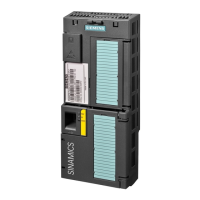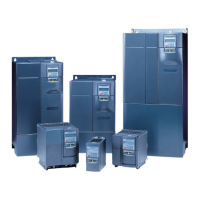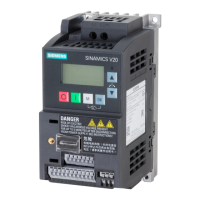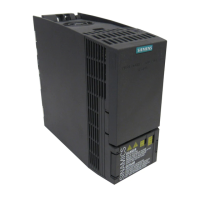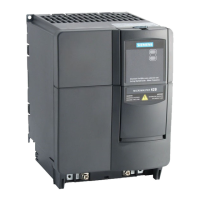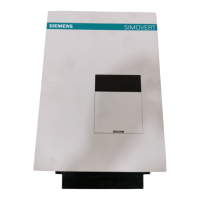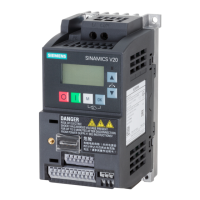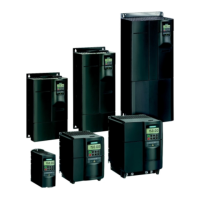You can select in which physical units the inverter represents its associated values.
Selecting physical units (Page 253)
In an emergency, the inverter deactivates its protection functions in order to maintain drive
operation as long as possible.
Essential service mode (Page 245)
Setpoints and setpoint conditioning
The setpoint generally determines the motor speed.
Setpoints (Page 258)
The setpoint processing uses a ramp-function generator to prevent speed steps occurring and
to limit the speed to a permissible maximum value.
Setpoint calculation (Page 266)
Technology controller
The technology controller controls process variables, e.g. pressure, temperature, level or flow.
The motor closed-loop control either receives its setpoint from the higher-level control - or from
the technology controller.
PID technology controller (Page 274)
The inverter has three additional technology controllers that operate independently of each
other.
Free technology controllers (Page 282)
The multi-zone control offers various procedures to process multiple setpoints or actual values
with only one technology controller.
Multi-zone control (Page 284)
The cascade control is ideal for applications in which, for example, significantly fluctuating
pressures or flow rates are equalized.
Cascade control (Page 288)
The "time switch", together with the real-time clock, offers the option of controlling when signals
are switched on and off.
Real time clock (RTC) (Page 293)
Time switch (DTC) (Page 295)
Motor control
The motor closed-loop control ensures that the motor follows the speed setpoint. You can
choose between various control modes.
Motor control (Page 296)
The inverter has various methods to electrically brake the motor. When electrically braking,
the motor develops a torque, which reduces the speed down to standstill.
Advanced commissioning
6.1 Overview of the inverter functions
Converter with the CU230P-2 Control Units
192 Operating Instructions, 09/2017, FW V4.7 SP9, A5E34257946B AE

